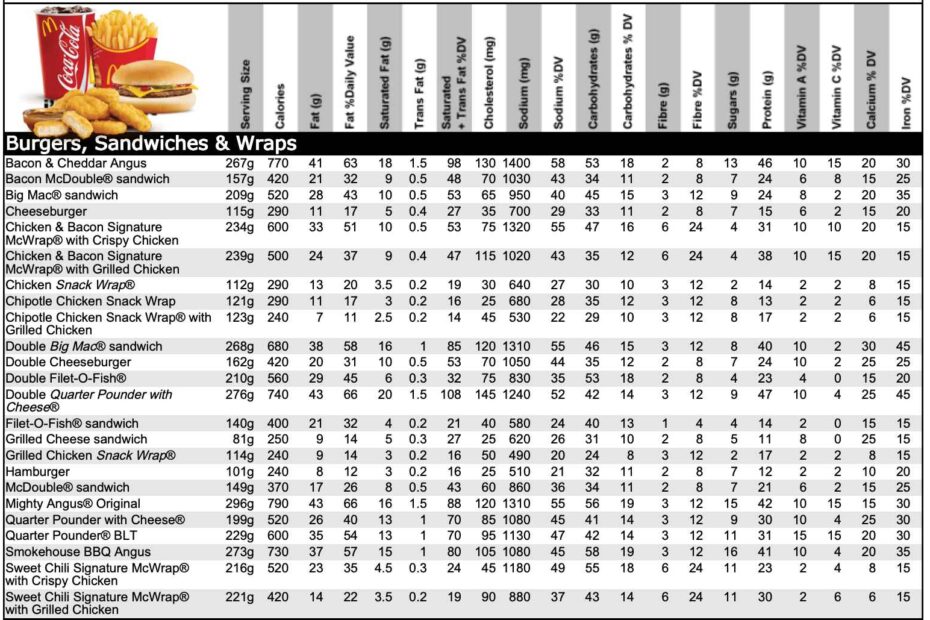The Untold Saga Of McDonald's Happy Meal: A Cultural Icon's Journey Through Time
Fast food has always been a symbol of convenience and indulgence, but few offerings have transcended their purpose to become a cultural phenomenon like McDonald's Happy Meal. Launched in 1979, this meal revolutionized the way families approached dining out. It wasn't just food; it was an experience, a treat, a moment of joy encapsulated in a colorful box. The Happy Meal's journey from its inception to becoming a global sensation is nothing short of remarkable. This meal has not only shaped the fast food landscape but also influenced societal trends, parenting habits, and even the entertainment industry.
Its origins trace back to a simple observation by a McDonald's franchisee in Pennsylvania, who noticed children collecting McDonaldland toys from cereal boxes. This led to the idea of including toys with meals, a move that would redefine marketing strategies in the fast food sector. The Happy Meal quickly evolved, introducing healthier options, seasonal toys, and partnerships with major franchises like Disney. But its impact extends beyond the menu. It symbolizes childhood nostalgia, clever marketing, and an ever-evolving approach to catering to changing tastes and nutritional demands.
| Category | Details |
|---|---|
| Year of Introduction | 1979 |
| Original Name | Kids' Meal |
| Global Reach | Over 100 countries |
| Notable Partnerships | Disney, Pixar, Marvel |
| Health Initiatives | Apple slices, yogurt, reduced portion sizes |
| Reference | McDonald's Official Website |
Nutrition has always been a point of contention for the Happy Meal. With childhood obesity on the rise, parents and health experts have scrutinized the meal's contents. Initially, a classic Happy Meal included a burger, fries, and a drink, but McDonald's has responded to health concerns by introducing healthier options such as apple slices, yogurt, and milk. Portion sizes have been adjusted to align with dietary guidelines for kids, reflecting a commitment to balance indulgence with nutritional responsibility.
Read also:The Legacy Of 171116041608158517401575 16071578158517401705 A Trailblazer Who Redefined Innovation
The modern Happy Meal menu showcases the company's adaptability to diverse tastes and preferences. Depending on the location, offerings vary significantly. In the USA, customers can choose from a classic burger, fries, and a beverage or dessert. In the UK, chicken nuggets, apple slices, and yogurt pots are popular choices. Japan offers mini teriyaki burgers, tempura vegetables, and green tea, while Australia features grilled fish burgers, salads, and fruit smoothies. This localization strategy ensures that McDonald's remains relevant and appealing across cultures.
McDonald's marketing prowess is evident in the Happy Meal's success. The company leverages toy incentives, themed meals, and family-friendly atmospheres to create an experience that transcends mere dining. Collaborations with entertainment giants have resulted in collectible toys that captivate children and collectors alike. These partnerships keep the Happy Meal fresh and exciting, maintaining its appeal in an ever-changing world. The inclusion of McDonaldland characters, such as Hamburglar and Grimace, added a whimsical touch that resonated with families.
Health-consciousness has driven McDonald's to adapt its offerings. The company has reduced portion sizes, introduced healthier options, and removed artificial preservatives and colors from certain items. While the Happy Meal may never be a health food powerhouse, these changes reflect an effort to align with societal trends. The global variations of the Happy Meal further demonstrate McDonald's commitment to catering to local tastes while maintaining a cohesive brand identity. In France, mini croissants and fruit salads are common; in India, vegetarian McAloo Tikki burgers cater to dietary restrictions; and in Brazil, tropical fruits and juices add a regional flair.
Criticism and controversies have inevitably surrounded the Happy Meal. Critics argue that it contributes to childhood obesity and encourages unhealthy eating habits. Some claim that toy incentives promote overconsumption. In response, McDonald's has introduced healthier options, reduced portion sizes, and launched campaigns promoting balanced diets and active lifestyles. The debate continues, but the Happy Meal remains a beloved part of many childhoods.
Looking ahead, the future of the Happy Meal appears promising. McDonald's aims to use 100% sustainable packaging by 2025, reflecting a commitment to environmental responsibility. The rise of plant-based diets may lead to more vegetarian-friendly Happy Meals. Interactive toys, incorporating augmented reality and digital experiences, could redefine the concept of dining entertainment. As society evolves, so too will the Happy Meal, ensuring its relevance and appeal for future generations.
The Happy Meal's influence extends beyond the fast food industry. It has inspired countless imitations and set a benchmark for children's meals worldwide. Its impact on parenting styles is evident; many parents use the Happy Meal as a reward or treat, reinforcing its role in family dynamics. In the entertainment industry, collaborations with major franchises have elevated the meal's status, blurring the lines between dining and play.
Read also:Van Heflin The Timeless Hollywood Icon Who Shaped Cinema
Socially, the Happy Meal has contributed to discussions about childhood nutrition, marketing ethics, and corporate responsibility. It has sparked debates among health experts, educators, and policymakers, highlighting the complexities of balancing convenience with health. Despite these challenges, the Happy Meal remains a symbol of joy and indulgence, evoking nostalgia for millions of adults who grew up enjoying its offerings.
In a world increasingly focused on sustainability, health, and cultural inclusivity, the Happy Meal continues to adapt. Its ability to evolve while retaining its core identity is a testament to McDonald's strategic vision. As the company explores new frontiers in packaging, ingredients, and entertainment, the Happy Meal is poised to remain a cornerstone of the fast food industry. Its journey from a simple idea to a global phenomenon underscores the power of innovation, marketing, and adaptability in shaping consumer experiences.
For many, the Happy Meal represents more than just a meal; it represents a moment of happiness, a connection to childhood, and a shared cultural experience. As McDonald's continues to innovate and respond to societal changes, the Happy Meal will undoubtedly remain a cherished part of the fast food landscape, influencing generations to come.


